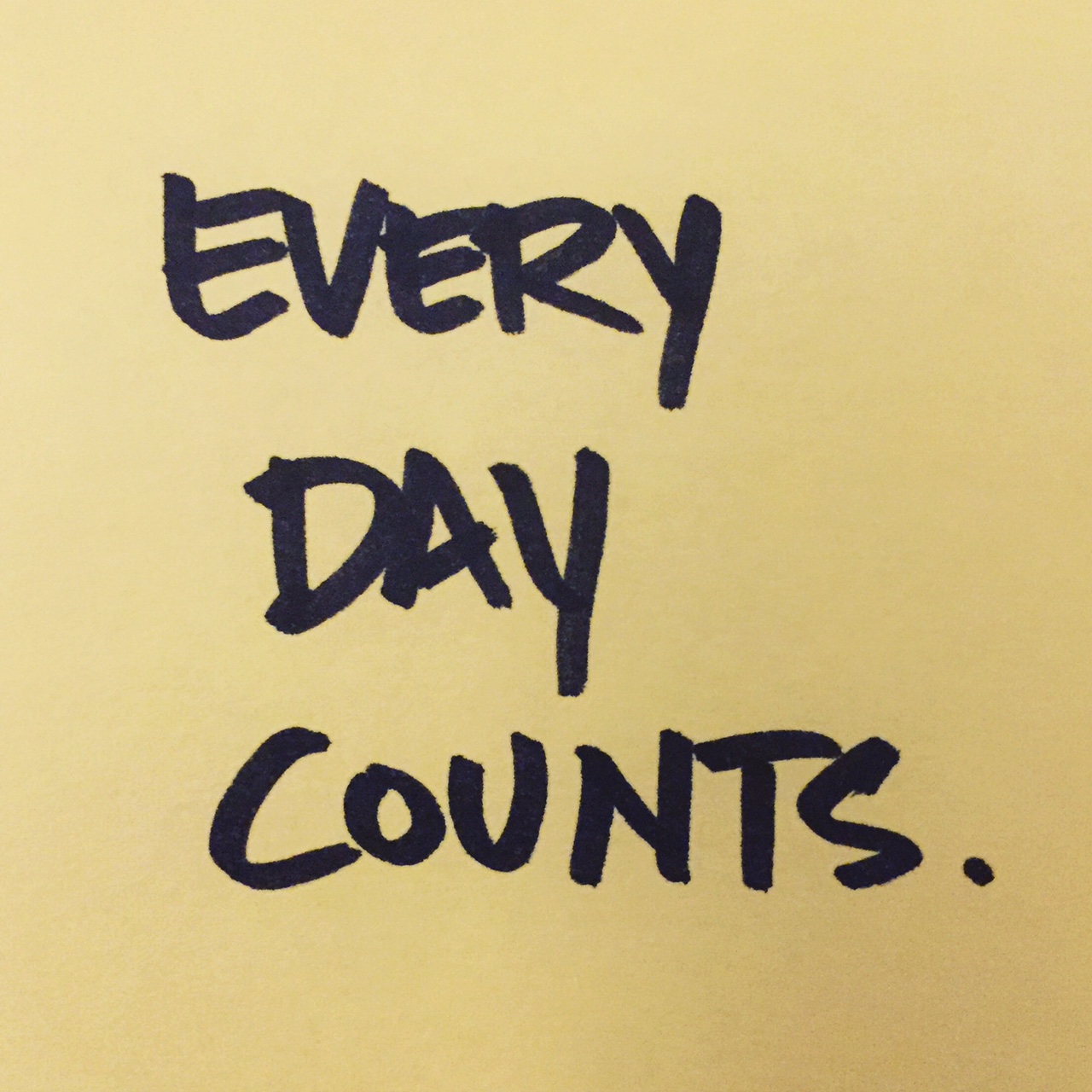Campus leadership often asks, how do we encourage more students to complete a set of measurable tasks? With the rise of mobile devices in the hands of its students in recent years, that answer has been to make it into a game! Gamification has risen in popularity in education today because of its perceived viral appeal, but it has an archenemy, which we call “single dimensional thinking.” If you think gamification of anything will coerce students to behave a certain way, you may be subject to single dimensional thinking. A game is irrelevant without serving as the front-end for something that students want. The most important thing an institution can do for a project is to ask, “Why would students care?”
A couple of weeks ago, I spent time with the CEO of Untapped, a very successful mobile app business that has made tasting different beers into a game. The platform includes encouraging social interactions and receiving various badges of achievement. While Untapped is wildly successful, its success didn’t come until their app became a game for its users. The craft brewing business in the US is booming in part because people love tasting a variety of beers crafted by different artisans. By attaching challenges to the enjoyment of tasting beers, a game-based task feels less like a chore and more of a memorable record of that fun.
Ignoring the game that you may or may not create for a moment, what it is that will make your students WANT to use your gamified app or program? In other words, what is in it for them? Answering this question is central to the success of your next project and to understanding the value proposition that entices your audience to participate.
As an example, FundFive is in the middle of proposing a project to gamify a student process for a potential client. When we ask the question, “What is in this for the student?” we face the reality that the answer is “Nothing.”
The lack of a value proposition posed an obvious challenge to the mobile app’s success, and so we began to dig deeper. In response, we modified the original request of the client to include the capability for students to create a co-curricular transcript using their phone. Now, in addition to completing the requirements for a badge, students can use the same app to add an activity to their personal transcript that can also be referenced later.
Every student wants to receive credit for what they are involved with on campus (and not just academics). Whether the student spends time tutoring other peers in mathematics, serves on the leadership board with a campus organization, or dedicates service hours on the weekend at a local soup kitchen, every experience shapes the individual and the person that they are when they graduate. By providing the student with a platform to track their experiences via an app (and even compete with others on campus within their cohort), the app instantly becomes relevant. That is the true value proposition behind gamification and how to make an app attractive to students today.
Each institution will have to uncover the answers about “relevance” based on its own profile and set of characteristics. Once it breaks free from single dimensional thinking, its chances of succeeding will dramatically increase.




